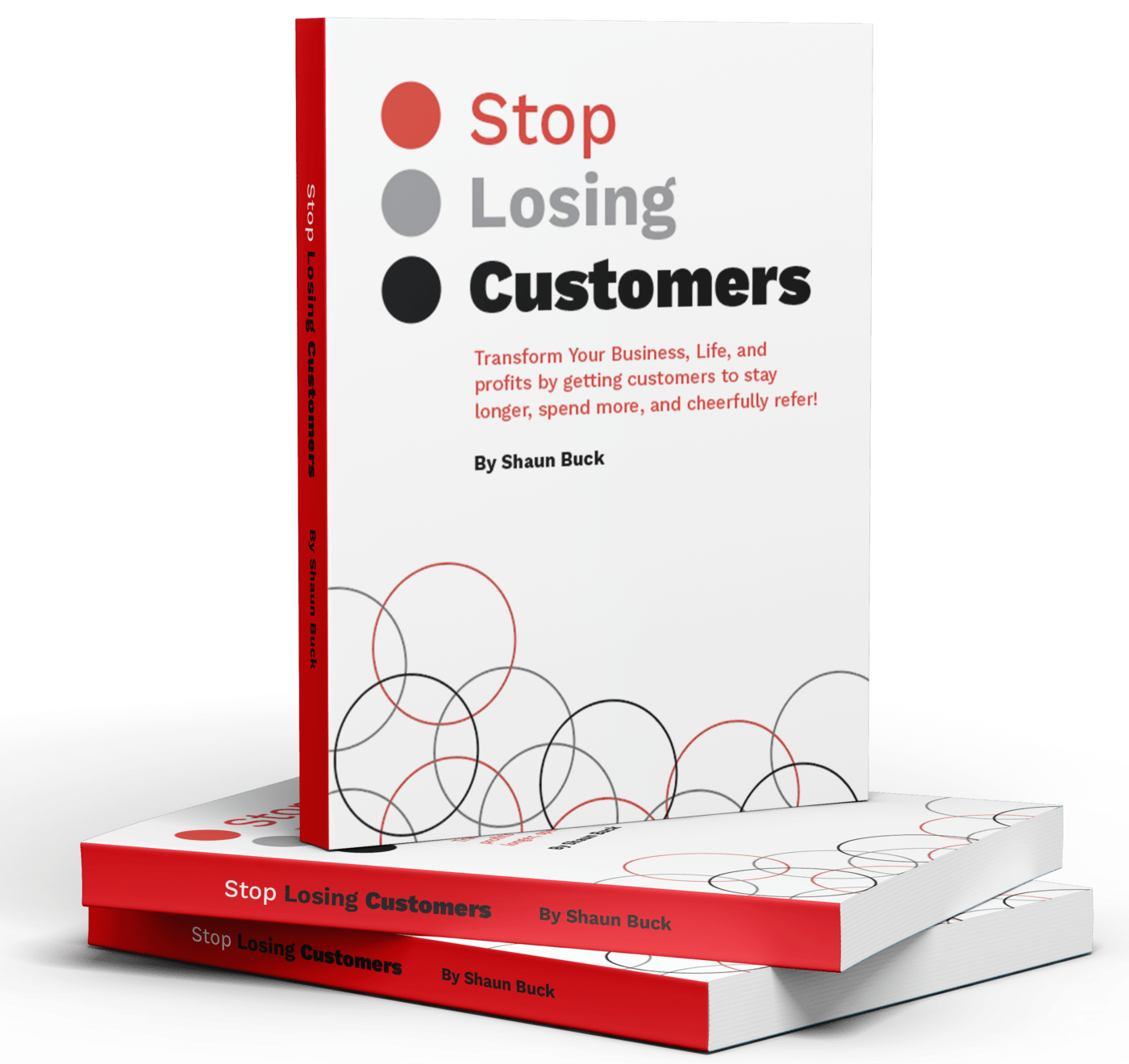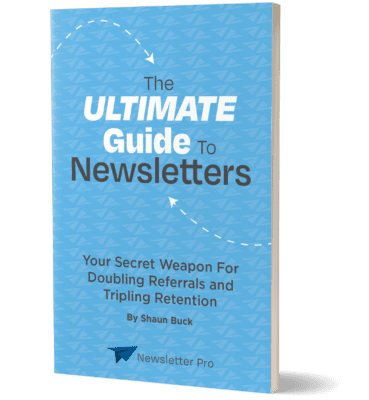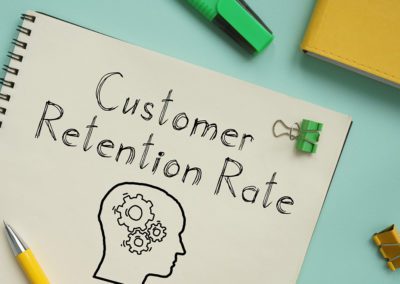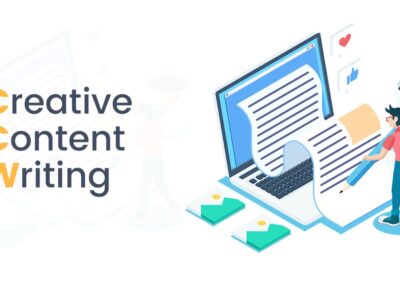Understanding and maximizing Customer Lifetime Value (CLV) is critical for any business aiming for sustainable growth and retention. CLV is a key metric that helps companies measure the total revenue a customer is expected to generate over the course of their relationship with your business. By focusing on improving CLV, businesses can not only boost their revenue but also enhance customer satisfaction and loyalty.
In this article, we will explore how to improve customer lifetime value, effective retention strategies, and the role of CLV in driving business growth.
What is Customer Lifetime Value (CLV)?
Customer Lifetime Value (CLV) is a prediction of the net profit attributed to the entire future relationship with a customer. It takes into account the total revenue generated from a customer, the duration of their relationship with the company, and the costs associated with acquiring and serving them.
The Components of CLV
Understanding the components of CLV is crucial for accurate calculation. These components include the average purchase value, purchase frequency, and customer lifespan. Each of these factors plays a significant role in determining the overall value a customer brings to your business.
Calculating CLV
The formula for calculating CLV typically involves multiplying the average purchase value by the purchase frequency and the customer lifespan. This calculation provides a baseline estimate of the total revenue a customer is expected to generate. Accurate data collection and analysis are essential for precise CLV calculation.

CLV vs. Customer Acquisition Cost (CAC)
Comparing CLV with Customer Acquisition Cost (CAC) can provide insights into the profitability of your customer relationships. While CLV focuses on the long-term value of a customer, CAC considers the cost of acquiring that customer. A high CLV to CAC ratio indicates a profitable customer base.
Why is CLV Important?
CLV provides insight into customer behavior and profitability, enabling businesses to make informed decisions about marketing strategies, customer service, and product development. Companies with a high CLV can allocate resources more effectively, prioritize customer segments that offer the highest returns, and tailor their retention strategies to maximize long-term profitability.
Informed Marketing Strategies
By understanding CLV, businesses can develop marketing strategies that target high-value customers. Personalized and data-driven campaigns are more likely to resonate with these customers, leading to higher engagement and conversion rates. This targeted approach ensures that marketing resources are used efficiently.
Resource Allocation
Companies with a high CLV can allocate resources more strategically. By focusing on high-value customers, businesses can prioritize efforts that drive long-term profitability. This approach ensures that both financial and human resources are utilized effectively.
Tailored Retention Strategies
CLV allows businesses to develop retention strategies that cater to different customer segments. High-value customers may receive more personalized support and exclusive offers, while low-value customers can be targeted with campaigns to increase their engagement. Tailored strategies enhance customer satisfaction and loyalty.
Strategies to Improve Customer Lifetime Value
Improving CLV involves a combination of acquiring the right customers, enhancing customer experiences, and encouraging repeat purchases. Here are some strategies to achieve this:
Personalized Marketing Campaigns
Personalization is key to engaging customers and fostering loyalty. By leveraging customer data, businesses can create targeted marketing campaigns that resonate with individual preferences and needs. Personalized emails, product recommendations, and exclusive offers can significantly enhance the customer experience and encourage repeat purchases.
Leveraging Customer Data
Collecting and analyzing customer data is the foundation of personalized marketing. Businesses can gather data from various touchpoints, including purchase history, website interactions, and social media engagement. This data provides valuable insights into customer preferences and behaviors.
Targeted Content
Creating targeted content based on customer data can significantly improve engagement. Personalized emails, tailored product recommendations, and exclusive offers make customers feel valued and understood. This approach increases the likelihood of repeat purchases and long-term loyalty.
Dynamic Personalization
Dynamic personalization involves real-time adjustments to marketing content based on customer interactions. For example, website content can change based on a visitor’s browsing history or location. This level of personalization creates a seamless and relevant customer experience.
Exceptional Customer Service
Providing exceptional customer service is a fundamental aspect of improving CLV. Customers are more likely to stay loyal to a brand that offers prompt, efficient, and friendly service. Implementing robust customer support systems, such as live chat, 24/7 helplines, and comprehensive FAQs, can help resolve issues quickly and maintain customer satisfaction.
Proactive Customer Support
Proactive customer support involves anticipating customer needs and addressing issues before they escalate. Regular check-ins and personalized recommendations demonstrate that your company values customer satisfaction. Proactive support can significantly enhance the customer experience.
Multi-Channel Support
Offering support across multiple channels ensures that customers can reach out in their preferred way. Live chat, social media, email, and phone support provide various options for customers to get assistance. This multi-channel approach increases accessibility and convenience.
Training and Empowering Staff
Well-trained and empowered staff are crucial for delivering exceptional customer service. Employees should have the knowledge and authority to resolve issues promptly and effectively. Continuous training and development ensure that staff can handle various customer scenarios.
Loyalty Programs
Loyalty programs are an effective way to reward repeat customers and encourage long-term engagement. By offering incentives such as discounts, points, and exclusive benefits, businesses can motivate customers to make more purchases and remain loyal to the brand. A well-designed loyalty program can also provide valuable data on customer preferences and behavior, further enhancing personalized marketing efforts.
Designing an Effective Loyalty Program
An effective loyalty program should align with your brand values and customer preferences. Offering a mix of rewards, such as discounts, points, and exclusive benefits, can cater to different customer needs. Regularly updating and enhancing the program keeps it attractive and relevant.
Analyzing Loyalty Program Data
Loyalty programs provide valuable data on customer behavior and preferences. Analyzing this data helps businesses understand what drives loyalty and identify areas for improvement. Insights from loyalty program data can inform personalized marketing and retention strategies.
Promoting the Loyalty Program
Effective promotion ensures that customers are aware of the loyalty program and its benefits. Marketing campaigns, in-store signage, and social media can be used to promote the program. Clear communication about how to earn and redeem rewards increases participation.

Quality Products and Services
Ensuring the quality of your products and services is crucial for retaining customers and improving CLV. Consistently delivering high-quality offerings builds trust and reliability, encouraging customers to return for future purchases. Regularly gathering feedback and making improvements based on customer input can also enhance the overall customer experience.
Continuous Improvement
Regularly gathering feedback and making improvements based on customer input ensures that your products and services meet customer expectations. Continuous improvement demonstrates that your company values customer feedback and is committed to delivering the best possible experience.
Quality Assurance Processes
Implementing robust quality assurance processes ensures that products and services meet high standards. Regular testing, inspections, and audits help identify and address any issues before they reach customers. A strong focus on quality builds trust and reliability.
Customer-Centric Product Development
Involving customers in the product development process ensures that new offerings meet their needs and preferences. Customer feedback, surveys, and focus groups provide valuable insights for developing products that resonate with your target audience. Customer-centric product development enhances satisfaction and loyalty.
Effective Retention Strategies
Retention strategies focus on keeping existing customers engaged and satisfied, ultimately leading to higher CLV. Here are some effective strategies:
Customer Onboarding
A smooth onboarding process sets the tone for the entire customer relationship. Providing clear instructions, tutorials, and support during the initial stages can help customers get the most out of your product or service. Effective onboarding reduces churn rates and increases the likelihood of long-term engagement.
Personalized Onboarding
Personalized onboarding involves tailoring the onboarding process to individual customer needs. Providing personalized tutorials, guides, and support ensures that customers can quickly and effectively use your product or service. Personalized onboarding enhances the overall customer experience.
Seamless Integration
Ensuring that your product or service seamlessly integrates into the customer’s workflow is crucial for successful onboarding. Providing clear instructions and support for integration reduces friction and increases satisfaction. Seamless integration encourages long-term use and engagement.
Ongoing Support
Offering ongoing support after the initial onboarding period ensures that customers continue to receive assistance as needed. Regular check-ins, tutorials, and updates keep customers informed and engaged. Ongoing support reduces churn and enhances loyalty.
Regular Communication
Maintaining regular communication with customers keeps your brand top-of-mind and fosters a sense of connection. Newsletters, updates, and personalized messages can keep customers informed about new products, promotions, and company news. However, it’s essential to balance communication frequency to avoid overwhelming customers.
Personalized Messages
Personalized messages demonstrate that your company values and understands individual customers. Tailoring communication based on customer preferences and behaviors increases relevance and engagement. Personalized messages can include product recommendations, special offers, and updates.
Newsletters and Updates
Regular newsletters and updates keep customers informed about your brand and offerings. Providing valuable content, such as industry news, tips, and insights, enhances the customer experience. Consistent communication builds a sense of connection and loyalty.
Balancing Frequency
Finding the right balance in communication frequency is crucial to avoid overwhelming customers. Too frequent communication can lead to annoyance, while too infrequent communication may result in disengagement. Monitoring customer responses and adjusting frequency ensures effective communication.
Proactive Support
Anticipating customer needs and providing proactive support can prevent issues before they escalate. Regular check-ins, personalized recommendations, and timely problem resolution demonstrate that your company values customer satisfaction. Proactive support can significantly enhance the customer experience and strengthen loyalty.
Regular Check-ins
Regular check-ins with customers demonstrate that your company cares about their experience. These check-ins can identify potential issues and provide opportunities for personalized recommendations. Regular engagement builds a stronger customer relationship.
Personalized Recommendations
Providing personalized recommendations based on customer data enhances the overall experience. Recommendations can include product suggestions, tips, and solutions tailored to individual needs. Personalized support increases satisfaction and loyalty.
Timely Problem Resolution
Addressing customer issues promptly and effectively is crucial for maintaining satisfaction. Implementing systems for quick problem resolution ensures that customer concerns are addressed before they escalate. Timely support enhances trust and loyalty.
Customer Feedback and Surveys
Collecting and acting on customer feedback is vital for continuous improvement. Regular surveys and feedback forms provide insights into customer satisfaction, preferences, and areas for improvement. Implementing changes based on feedback shows customers that their opinions matter, fostering a sense of loyalty and trust.
Gathering Feedback
Regularly gathering feedback from customers provides valuable insights into their experiences and preferences. Surveys, feedback forms, and direct communication can be used to collect feedback. Understanding customer needs and concerns is essential for continuous improvement.
Analyzing Feedback
Analyzing feedback helps identify trends and areas for improvement. By categorizing and prioritizing feedback, businesses can address the most critical issues first. Data-driven analysis ensures that improvements are based on customer needs.
Implementing Changes
Implementing changes based on customer feedback demonstrates that your company values their opinions. Communicating these changes to customers shows that their feedback has been heard and acted upon. This approach fosters a sense of loyalty and trust.
Measuring and Analyzing CLV
To effectively leverage CLV, businesses need to measure and analyze this metric. By tracking customer lifetime value, businesses can identify which customers are most valuable and tailor their strategies to retain and upsell these customers. This data also helps businesses understand the overall health of their customer base.
Using Customer Feedback to Drive Innovation
Customer feedback is a valuable source of new ideas and innovations. By listening to the needs and concerns of customers, businesses can uncover pain points or unmet needs that can lead to new product offerings or improvements on existing products. This not only benefits customers but also keeps businesses ahead of competitors in the market.
Empowering Customers through Feedback
Giving customers a platform to provide feedback empowers them by giving them a voice in the development process. When customers feel heard and valued, they are more likely to continue doing business with a company and recommend it to others. This results in loyal customers who act as brand ambassadors, spreading positive word-of-mouth and driving new business.
Identifying and Resolving Issues
In addition to generating ideas for new products, customer feedback can also help businesses identify and resolve issues with their current offerings. By monitoring feedback, businesses can quickly address any problems or concerns that customers may have, improving the overall user experience. This not only leads to happier customers but also helps prevent negative reviews and potential loss of business.
Continuous Improvement
Customer feedback is an ongoing process that allows businesses to continuously improve their products and services based on ever-changing customer needs. By regularly seeking feedback, businesses can stay up-to-date with market trends and adapt accordingly. This helps them stay ahead of the competition and maintain their relevance in the market.
Additionally, customer feedback can also provide valuable insights for new product development. Customers may suggest new features or improvements that businesses may not have thought of on their own. This direct input from customers can save businesses time and resources in the research and development stage, leading to more efficient and effective product launches.
Building Customer Loyalty
Customer loyalty is crucial for any business to thrive. By actively seeking and listening to customer feedback, businesses show that they value their customers’ opinions and are dedicated to providing them with the best possible experience. This fosters a sense of trust and appreciation from customers, encouraging them to continue supporting the business and even becoming advocates for its products or services.
Creating a Sense of Community
Through customer feedback and engagement, businesses can also build a sense of community around their brand. By offering platforms for customers to share their thoughts and ideas, businesses can create a space for like-minded individuals to connect and feel connected to the brand. This can lead to increased loyalty and word-of-mouth marketing from satisfied customers.
Identifying Potential Issues
Customer feedback also serves as an early warning system for potential issues or problems with products or services. By actively listening to customer complaints or suggestions, businesses can address any issues before they escalate, improving the overall customer experience and preventing negative reviews or bad publicity.
Innovative Ideas
Customers are often at the forefront of new trends and technologies, making their input valuable in generating innovative ideas for business growth. By soliciting customer feedback, companies can gain a better understanding of their target audience and tailor their products or services to meet the changing needs and preferences of customers.
Improved Decision-Making
Customer feedback provides valuable insights into what is working well and what can be improved within a business. This information can help decision-makers make informed choices about product enhancements, marketing strategies, and overall business operations.
Building Trust
When businesses actively listen to their customers and take action on their feedback, it shows that they value their opinions and are committed to providing the best possible experience. This builds trust with customers and enhances brand reputation, leading to increased sales and customer retention.
In summary
Gathering customer feedback is a crucial aspect of any successful business strategy. It not only helps improve products and services, but it also builds trust with customers and can lead to increased sales. So make sure to actively listen to your customers and use their feedback to drive business growth.
Call to Action: Connect with Newsletter Pro
Are you ready to elevate your business by harnessing the power of customer feedback? Contact Newsletter Pro today to discover how we can help you implement effective feedback strategies that drive growth and strengthen customer loyalty. Our team of experts is dedicated to assisting you in listening to your audience and turning their insights into actionable improvements. Don’t miss this opportunity to enhance your offerings and boost your brand’s reputation—reach out to us now!






